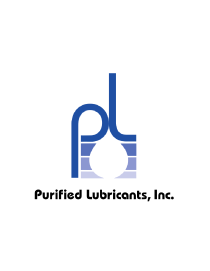With the limited amount of storage space inside plants, it is common to have an outside storage area for new oil drums. This practice creates a high risk for ingression of water into the new oil if the drums are not stored properly. This is especially true during the summer months when the temperature of the drums can be upward of 150 degrees F.





